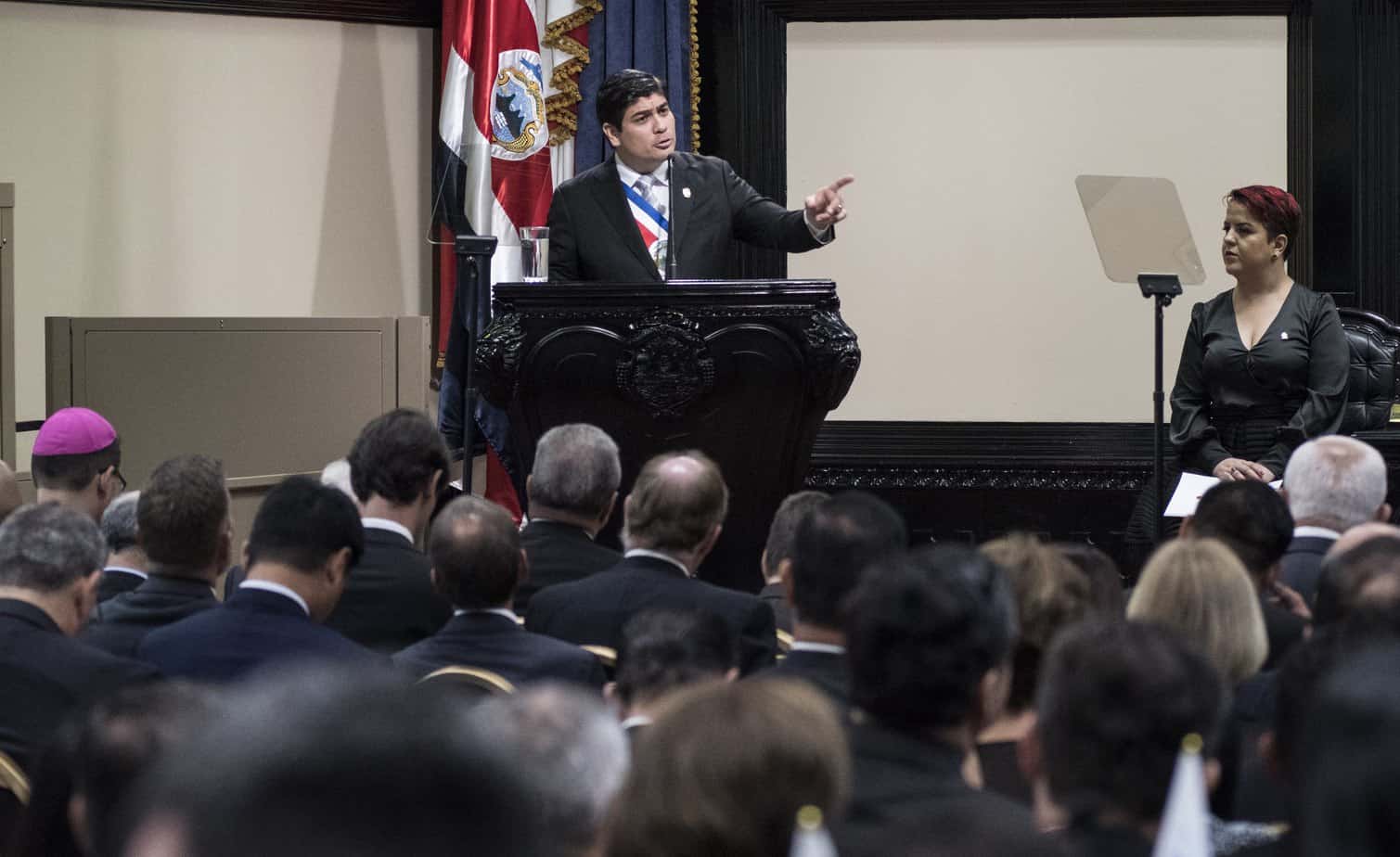On Thursday, President Carlos Alvarado defended his plans to tackle Costa Rica’s fiscal deficit — which he called one of the country’s main problems — and announced a plan to reduce unemployment.
The deficit of the Central American country reached 6.2% of GDP in 2017 and fell slightly to 6% last year, according to official data. The Legislative Assembly approved in October a reform that contains new taxes to reduce the shortfall.
In presenting his first work report before the Legislative Assembly, President Alvarado recalled that a year ago he had assumed power with the commitment to protect the country from the “imminent risk of an economic and social crisis due to the high fiscal deficit.”
“We were on the verge of bankruptcy, but Costa Rica was able to make a bold decision, a difficult but necessary change,” Alvarado said of the reform.
The president said that the country should still improve tax collection and be more efficient in public investment.
“After these almost 365 days of leading the country, there are pending tasks in terms of sanitation of public finances and the efficiency of the State, but we can say that Costa Rica was able to stabilize its economy and achieve greater confidence and tranquility,” he said.
Alvarado also expressed his concern about unemployment, which last year reached 12% of the economically active population, the highest rate in recent years.
To address this, he proposed actions in education, training and social inclusion, as well as promoting sectors that are the most productive in generating employment by improving access to credit.
Alvarado also discussed a number of ongoing public works and others that are about to begin to improve circulation in the congested roads of the country and modernize its lagging infrastructure.
The president also mentioned the expansion of the country’s main airports and plans to build a metropolitan electric train and a freight train in the Caribbean.
In terms of security, he stressed that his government promoted a strategy to reduce homicides, which in 2017 had reached the figure of 12.1 per 100,000 inhabitants. In 2018, it fell slightly to 11.7 per 100,000.
Despite the improvement, the homicide numbers exceed the 2015 global average of 5.3 homicides per 100,000 people, according to the United Nations Office on Drugs and Crime.
“We have promoted a strategy based on technical analysis, statistics and operational excellence,” Alvarado said of the security actions.







